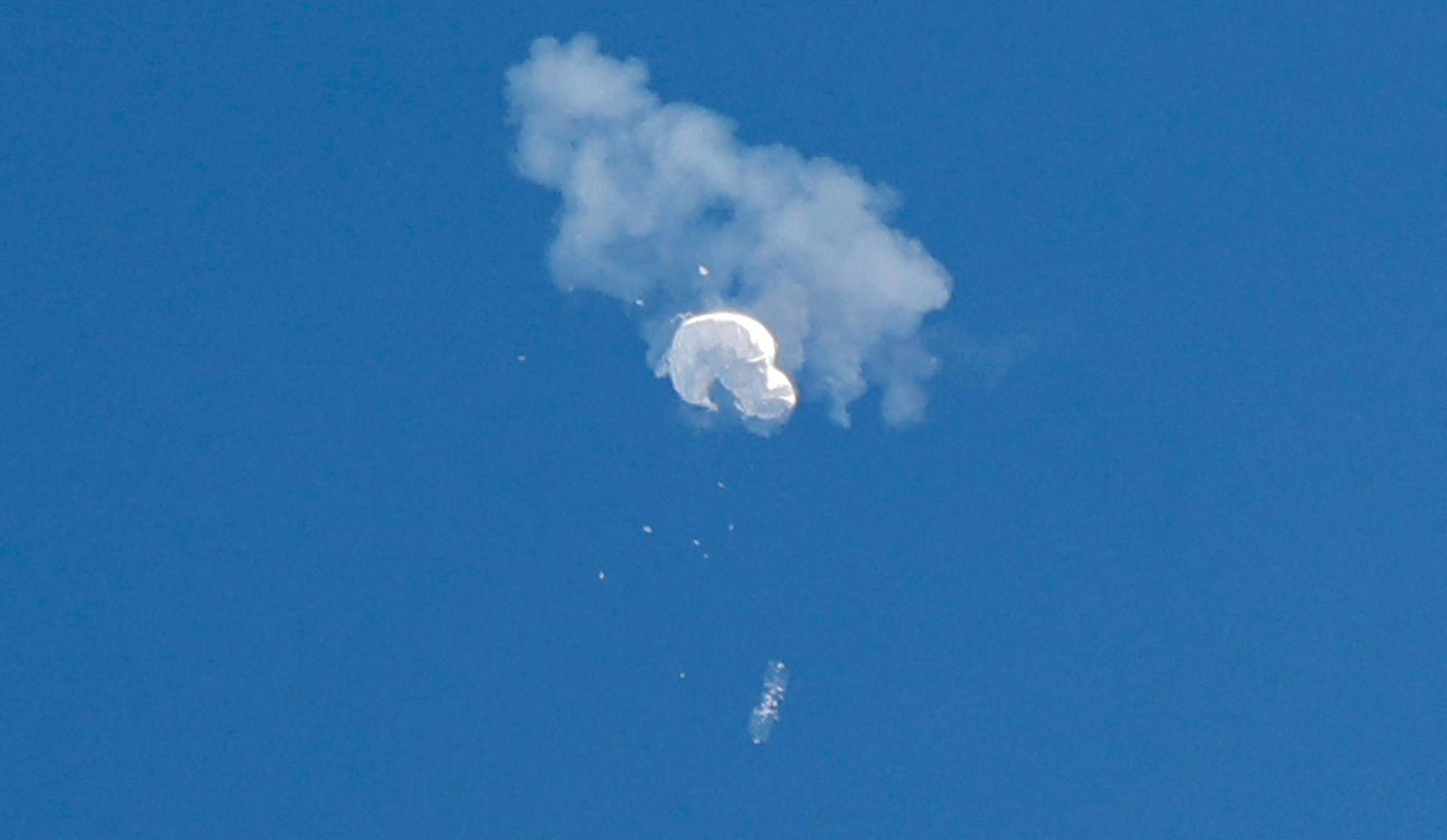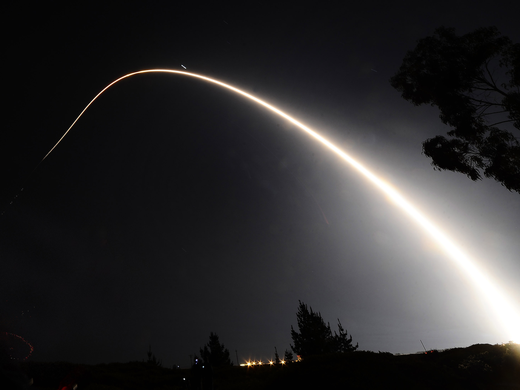China boasts the world’s longest history of spy balloon deployment, dating back to the third-century use of floating lanterns to alert cities of imminent attack. But the world of international spying has since moved into the realm of spy planes, drones and satellites. Does the recent balloon furor mean the technology of espionage has passed China by?
Not a bit — and this is what makes the fears and rhetoric generated by the current spate of “spy balloon” shoot downs (four to date, in rapid succession) so dangerously beside the point. Whatever is eventually discovered and revealed about these balloons/flying objects, the story is a mere footnote to a larger issue about the scale and ambitions of Chinese high-tech spying, particularly from space.
As yet, we lack definitive information about these balloons, their provenance, their payloads and their missions. Two of them (those downed over Yukon and off the coast of Alaska) are still officially being characterized, owing to uncertainty about their exact nature, as “flying objects.”
Chinese officials insist that the first and largest of the balloons, which drifted at high altitudes across both Canadian and US territory before being downed by a US air-to-air missile off the coast of South Carolina, was an innocent weather balloon, blown off course. The United States is engaged in a recovery mission of the remains, and Pentagon officials have indicated they believe it was carrying equipment that could intercept communications — in other words, that its mission was to gather signals intelligence.
Canadian officials, including the minister of national defence, have been more circumspect about the smaller object downed over central Yukon, where debris recovery will pose special challenges. The defence minister, Anita Anand, said at a press conference February 11 that it was too early to tell whether the “object” came from China. To add to the uncertainly, Anand suggested that the object was “potentially similar” to the one earlier shot down off the coast of South Carolina, although smaller and “cylindrical in nature.”
(UFO-ologists might have a field day with that description.)
Spy balloons have captured the headlines, but there is a bigger, more significant, story about space espionage that deserves our attention. The rise of Chinese capabilities in space surveillance has been remarkably rapid, and drawn remarkably little notice. According to a US Department of Defense report to Congress in November 2022, China nearly doubled the number of ISR (intelligence, surveillance and reconnaissance) satellite platforms in the past four years, and its total satellite fleet, numbering 260 platforms, is second only to that of the United States.
Canada, by contrast, deploys four dual-use satellites. Our procurement system for next-generation satellites is predictably slow and likely to leave dangerous gaps in our already limited capabilities, especially when it comes to surveillance of our Arctic territories.
The extensive Pentagon report about the Chinese satellite program was candid: “Recent improvements to China’s space-based ISR capabilities emphasize the development, procurement, and use of increasingly capable satellites with digital camera technology as well as space-based radar for all-weather, 24 hour coverage. These improvements increase China’s monitoring capabilities, including observation of U.S. aircraft carriers, expeditionary strike groups, and deployed air wings. Space capabilities will enhance potential PLA [People’s Liberation Army] military operations farther from the Chinese coast. These capabilities are being augmented with electronic reconnaissance satellites that monitor radar and radio transmissions.”
Beyond the improvements it’s made with its fleet of space satellites, China is becoming a global force in satellite communications (SATCOM) and space-based navigation systems (BeiDou). The BeiDou system is linked to the Chinese economic Belt and Road Initiative, and is being used as both an export market force and a strong incentive to align partner countries.
China also continues to develop counterspace capabilities, in both its kinetic weapons and its cyber capabilities to hack into satellite systems and their downlink stations.
These ambitions are part of a larger military plan for “intelligentized warfare,” announced by the Chinese government (Chinese Communist Party) in October 2020. The precise meaning of this doctrine, beyond entailing exploitation of all manner of disruptive technologies, remains to be seen. But its application to the fast-paced rise of China’s spy satellite capabilities is clear.
China’s recent satellite launches of its “Yaogan 36” class of satellites are often officially described as involving scientific research, conducting land surveys and monitoring agriculture. But the reality is that many of these satellites are dual-use in nature. “Spy” satellites have both civilian and military/national security uses, often carried in the same payloads. Snap a picture of a farmer’s field; snap a picture of a military base.
China has global eyes in the sky. Hundreds of them. It will have more and better spy satellites in future. Eyes in the sky is one ambition. The civilian uses are enormously beneficial, especially for understanding and mitigating climate change. The military/national security uses? Like other forms of espionage, the best you can hope for is decent levels of protection of your own secrets.
But if China’s ambition grows to include becoming dominant in spy satellites (as opposed to achieving equivalency with the United States’ capabilities) — and the blinding of adversaries’ capabilities — then that will mark a very dangerous and unprecedented phase in the “space race.”
Forget spy balloons.



